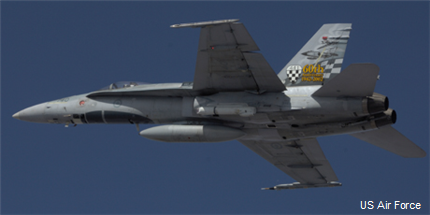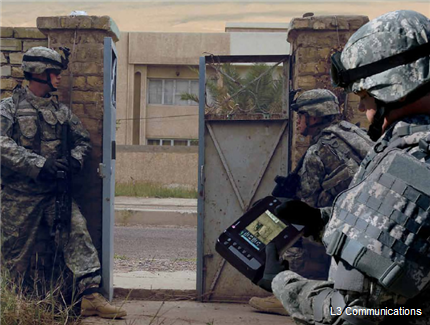Air Force gives flight to advanced targeting pod
Sniper ATP-SE now provides additional networking capabilities for ground forces.

The Air Force’s advanced targeting pod sensor enhancement program has been recently deployed to support combat operations in theater.
The service has declared initial operational capability for Lockheed Martin’s Sniper Advanced Targeting Pod – Sensor Enhancement (ATP-SE), according to a Lockheed Martin announcement. Lockheed won the ATP-SE competition in 2010
The Sniper ATP-SE represents an upgraded configuration of the Sniper ATP. According to the Air Force, the original Sniper ATP is designed to provide long-range target detection/identification and continuous surveillance for fixed-wing aircraft. It gives air crews the ability to detect and identify weapons caches and individuals carrying armaments outside of jet noise ranges, increasing urban counter-insurgency effectiveness.
The pods include a digital data recorder, video data link, laser marker, laser spot tracker, HDTV, dual-mode laser, and a high definition mid-wave forward looking infrared (FLIR). They are able to use automatic tracking and laser designation of targets through the use of real-time imagery presented on cockpit displays, and can provide high-resolution imagery.
The ATP-SE upgrades include enhanced sensors, advanced processors, and automated non-traditional intelligence, surveillance and reconnaissance (NTISR) modes. The pod is designed with modularity in mind, and has a plug-and-play capability that allows it to be moved across platforms.
The ATP-SE also provides improved Net-T networking capabilities, which allows for a point-to-multipoint networking architecture. Described as a “flying router” by the Air Force, the Net-T software enables ground forces to communicate with each other via Remotely Operated Video Enhanced Receiver-5 (ROVER-5), arm-mounted touchscreen the size of an iPad-Mini. ROVER-5s were originally capable of sending and receiving data from aircraft, allowing ground personnel such as forward air controllers to see what aircraft were seeing in real-time.

Ground forces use a ROVER-5 to communicate with aircraft.
As a result of the upgrade, ground forces will be able to route signals through the aircraft to directly communicate with other ROVER-5s by maintaining line-of-sight with the aircraft pod. The software will also provide commanders with real-time videos, images, maps, and coordinates without the use of satellites and radios.
The ATP-SE will have to perform targeting and surveillance functions on top of the new network capability and has underwent testing to make sure that there is no interference between the two operations.




